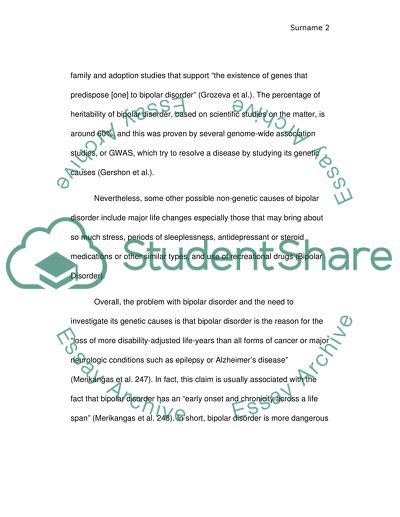Cite this document
(“The Genetic Cause of Bipolar Disorder Research Paper”, n.d.)
Retrieved from https://studentshare.org/health-sciences-medicine/1403615-bipolar-disorder
Retrieved from https://studentshare.org/health-sciences-medicine/1403615-bipolar-disorder
(The Genetic Cause of Bipolar Disorder Research Paper)
https://studentshare.org/health-sciences-medicine/1403615-bipolar-disorder.
https://studentshare.org/health-sciences-medicine/1403615-bipolar-disorder.
“The Genetic Cause of Bipolar Disorder Research Paper”, n.d. https://studentshare.org/health-sciences-medicine/1403615-bipolar-disorder.


